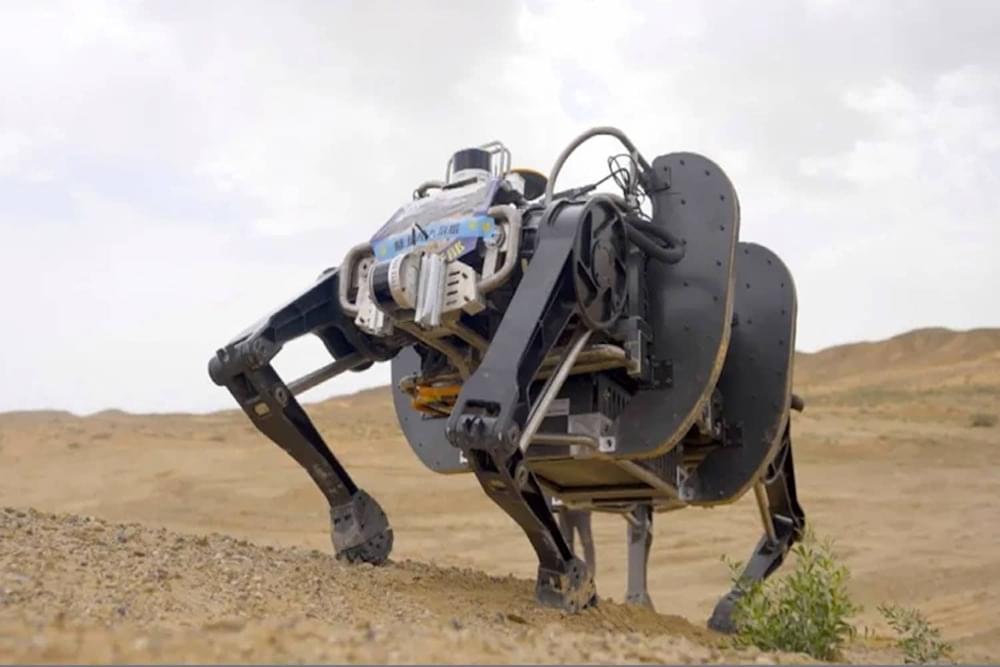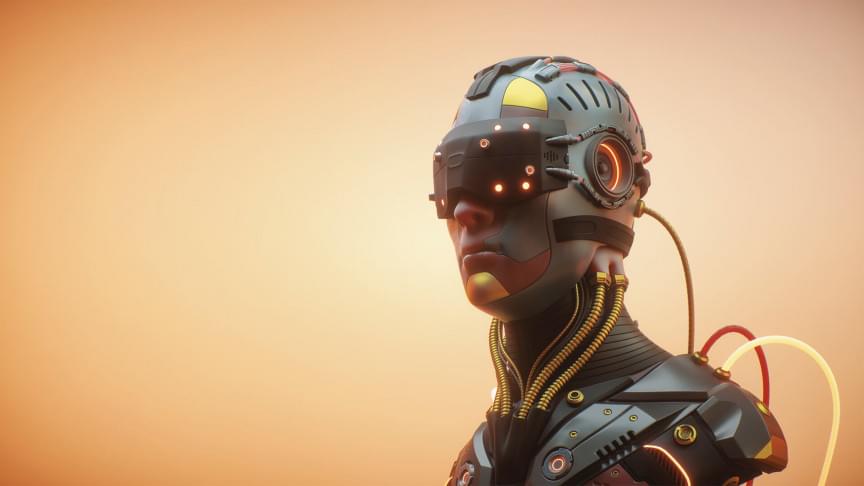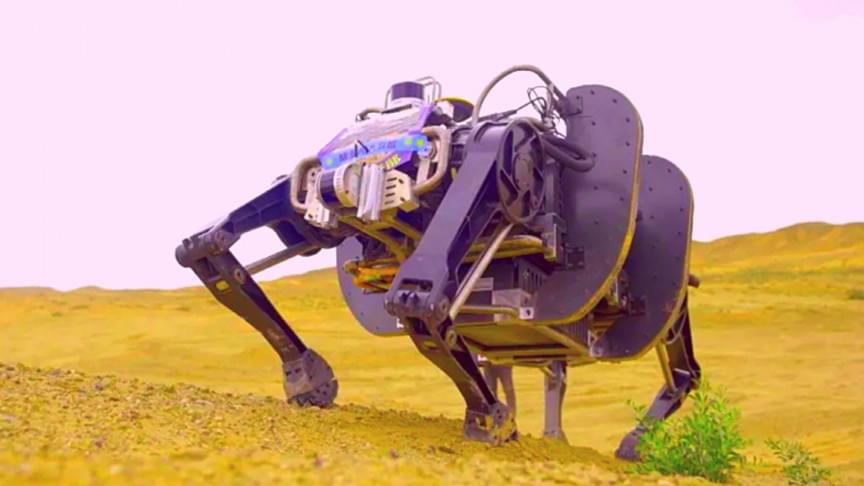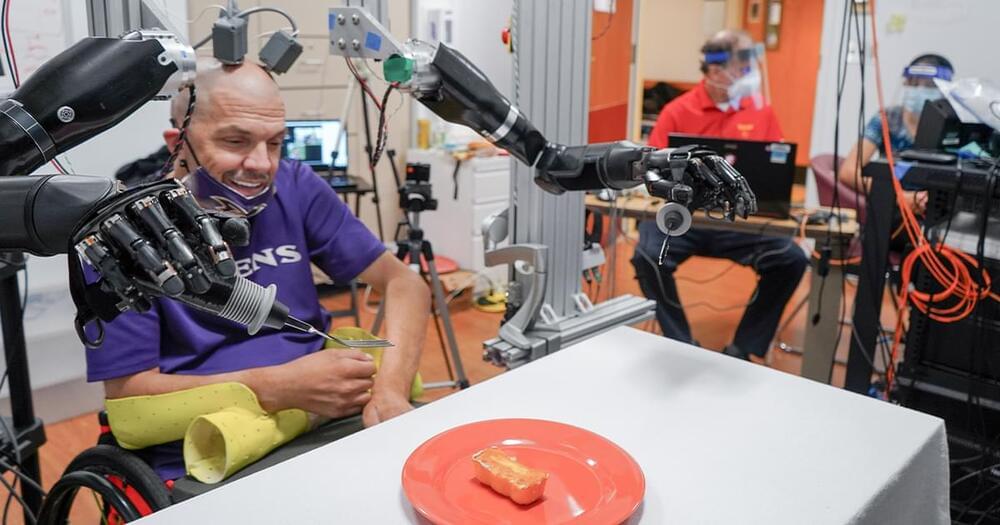🔔 Subscribe now for more Artificial Intelligence news, Data science news, Machine Learning news and more.
🦾 Support us NOW so we can create more videos: https://www.youtube.com/channel/UCItylrp-EOkBwsUT7c_Xkxg.
From the home to the workplace, and to the sky above, robots in 2022 are transforming the world we know —and helping us understand the worlds we don’t. Let’s highlight a few of these remarkable machines and how they might transform not only how we interact with ourselves, but also the universe around us. We will take about the following robots: Mars Perseverance & Ingenuity, Moley the Robotic Chef, Toyota’s Robotic Butler, Spot by Boston Dynamics, Digit by Agility Robotics, Atlas by Boston Dynamics, Guardian XO Exoskeleton, Vicarious Medical Robot, British loyal wingman and Xenobots!
#robot #robotics #bostondynamics.
📺 Fun fact: Smart people watch the entire video!
🤖 AI News Daily provides the latest Artificial Intelligence news and trends. Explore industry research and reports from the frontline of AI technology news.






